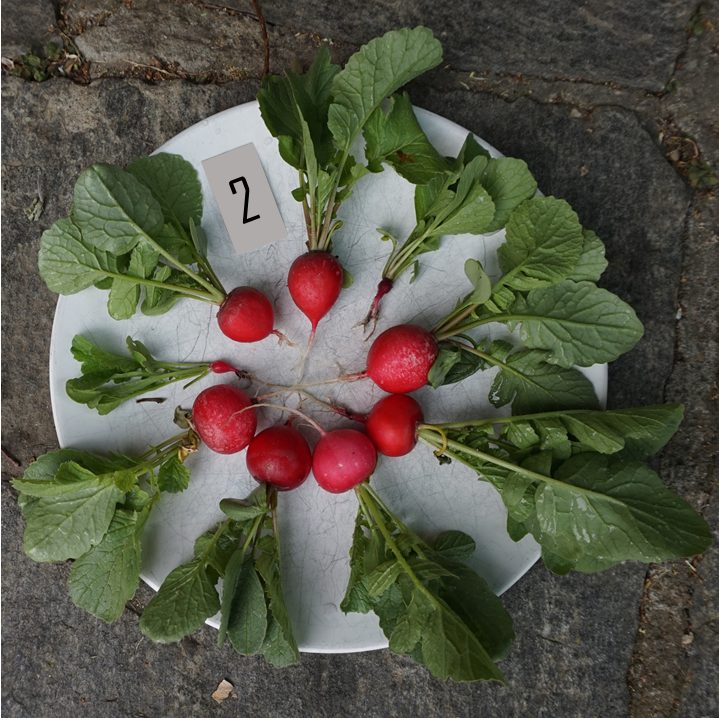Biochar : Production and testing in small scale use

Eutrophication, soil degradation, greenhouse gas emissions and many more: Industrial agriculture has devastating impacts. As an alternative solution, biochar fertilization is a powerful idea that allows a very productive and more sustainable way of food production, and is in fact very simple, as is presented in this project.
Project description
Agricultural practices and methods have always been evolving, and did so at even faster rates over the last decades. The development of new and improved technologies, such as agricultural machinery, pesticides or fertilizers, all have the same motivation: The goal of producing more crop in a more efficient way, requiring less surface and work for a better harvest. Especially in a context of climate change, fast population growth and almost 1 billion people suffering from undernourishment, the need for improvement is tremendous (FAO (2019)). However, this development has often focused too narrowly on the optimization of the production, and has considered insufficiently other aspects, such as social or environmental ones. Resulting environmental problems often became visible a while after the implementation of a new agricultural practice, and it took even longer to understand the link between the problem and its source.
Today, many issues related to agricultural activities are known, and measures to reduce the impact and improve the health of the environment are taken. Nevertheless, the problems are far from being solved and the need for more sustainable methods ensuring a sufficient productivity has become extremely important.
Fertilization is one of today’s main sources of environmental problems related to agriculture. Biochar used as a fertilizer is known to have many environmental benefits. According to Hussain et al. (2017), these include global warming mitigation, restoration of degraded land, removal of organic compounds in water, reduction of greenhouse gases, improvement of the soil’s water retention capacity and overall fertilization of the soil. Furthermore, biochar is thought not to have the impact of over-fertilization, as it releases the nutrients at a slow and steady rate, while industrial fertilizers add big amounts of nutrients at once. Hence, in the case of biochar fertilization, more of the added nutrients can be absorbed by the plants, and less is lost through leaching into the environment.
With that context kept in mind, this project aims to present biochar as a biological fertilizer that seems to have much less environmental impact and could hence potentially replace industrial fertilizers. For this, a simple way of producing biochar is presented and its potential to ensure a sufficient productivity is tested.
The following video presents a comparison between the growth of radish:
